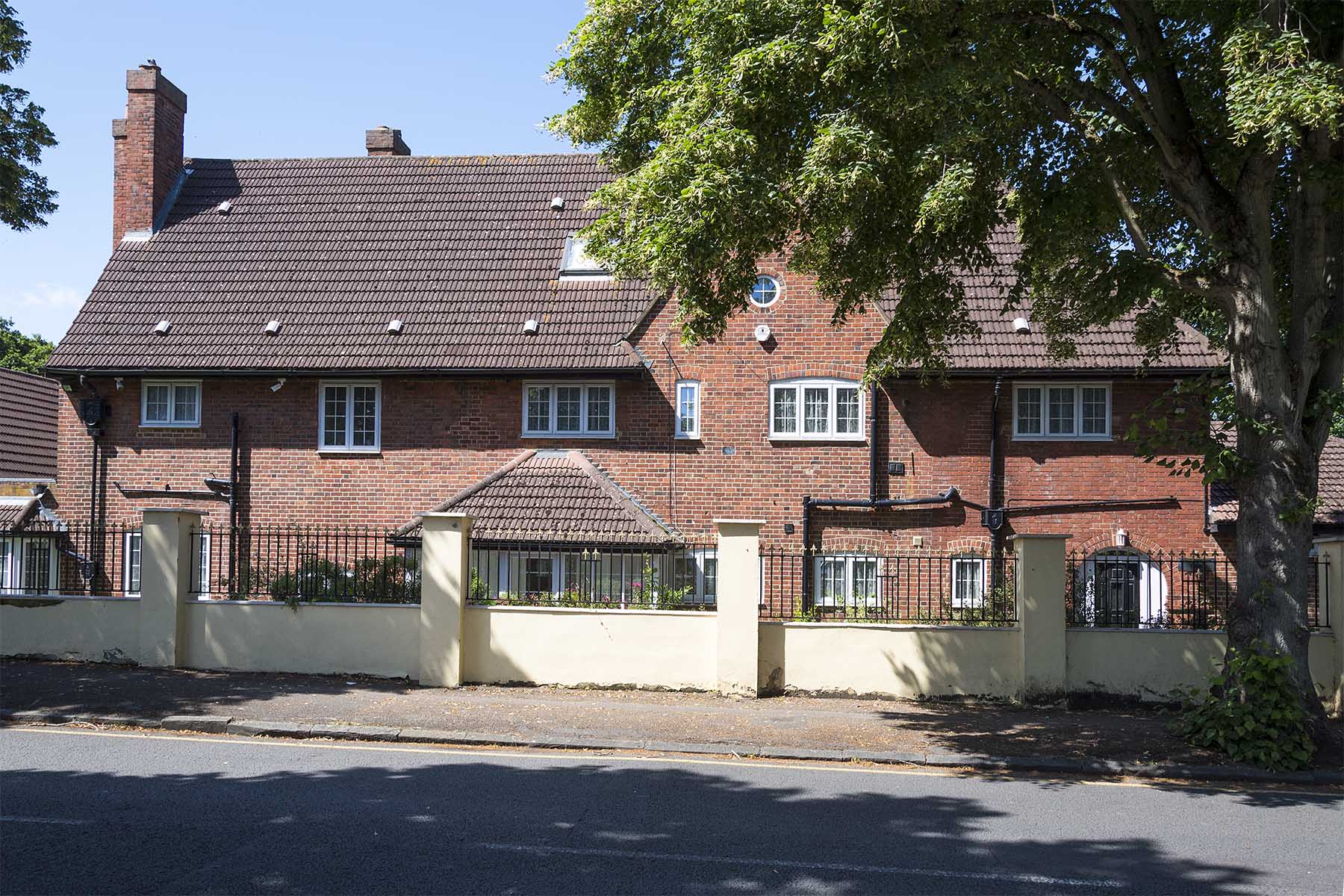The Sanatorium in Shinfield Road may have been the first to accommodate students with infections, but it certainly wasn’t the last. A University plan of 1929 shows its successor to be located on the west side Northcourt Avenue at Number 60.

Professor W. M. Childs, Reading’s first Vice-Chancellor, recorded in his memoir that a larger sanatorium was being planned during 1921, and 60 Northcourt Avenue was in operation with 12 beds from 1922 until 1938 when it moved down the hill to Number 16.
Once Reading had achieved university status in 1926, the Calendar contained a regular entry for the Sanatorium that included the name of its Superintendent and its rules and regulations. In 1926, the Superintendent was Mrs Hole and the regulations stated that the wardens of halls could compel students to be admitted, referring rather ominously to ‘detention’. The final rule (Number 7, p.136) asserts that:
‘The University reserves the right to refuse admission of infectious cases to the Sanatorium and to send such cases to the Borough of Reading Isolation Hospital, when all charges incidental thereto must be borne by the student.’

Number 60, The Barn, has an interesting history that has been thoroughly investigated by Penny Kemp, historian and near neighbour. The house was built in 1906, leased to the University College in 1919 and purchased by Reading University in 1933. In the annual accounts for 1932-33 it is listed among the University’s assets as having a value of £2,525. By the following year this had risen to £2,556/10/6d where it remained until 1937 when it was sold to Mrs Agneta Clark, a local artist, for £3,000.
The University’s Calendar for 1935-36 shows that the post of ‘Superintendent’ had been upgraded to ‘Matron’ and was occupied by Miss R. E. Strange.
In her history of Northcourt Avenue (pp. 16-17), Penny Kemp describes how, three years after its construction, The Barn was featured in Country Life in an extraordinary feature that speaks almost contemptuously of both the house and the town of Reading. Of the house, it declares:
‘… The Barn, a modest house illustrated in these pages, is generally held in the locality to be a highly inartistic production. We confess with pain that it lacks many elements of distinction common to the neighbourhood.’
And of Reading it is claimed that:
‘Over the suburbs there has spread a red rash of buildings mostly compounded of vulgar vagaries….It is not too much to say that Reading serves as a compendium of what to avoid.’
Number 60 is no longer The Barn; its new name is Three Oaks. In the mean time it has undergone substantial alterations.

Sources
Childs, W. M. (1933). Making a university: an account of the university movement at Reading. London: J. M. Dent & Sons Ltd.
Kemp, P. (1996). Northcourt Avenue: its history & people. Reading: Northcourt Avenue Residents’ Association.
University of Reading. Calendar, 1926-27 & 1935-36.
University of Reading. Proceedings of the University, 1932-33 to 1936-37.



